A Study of Numbers: A Guide to the Constant Creation of the Universe
9.48 $
| Author(s) |
R. A. Schwaller de Lubicz |
|---|---|
| Format |
|
| Pages |
66 |
| Published Date |
1986 |
Published in 1917 under the author’s given name of René Schwaller, A Study of Numbers is the first expression of the teachings we have come to associate with his later and better known name, R.A. Schwaller de Lubicz. It is a masterly account of the living, universal, qualitative, and casual reality of numbers.
Introduction:
Whenever our spirit or mind wishes to sift out from among the chaos of cosmic phenomena the truth, or at least the most “likely” reason for the being of things and their life, it needs a guide. This need to simplify the world’s appearance, to reduce it to a simple expression, may be the fact of our inability to extend our view beyond a certain limited horizon, an inability resulting from the imperfection of our sensory organization.
Whether this is so, or whether the world is really of so disorganized a complexity that it cannot be understood in its totality, amounts to the same thing. In any case, irrespective of whether or not the idea is accepted by people uninstructed in occult teachings, our sensory organization clearly seems to be imperfect. It is therefore capable of being perfected, though not by a “sensitive” completion of the senses, the sensory memory, or the natural mnemonic functions, but by a perfecting of consciousness. This latter requires the determination of “reactives” (senses), corresponding to the energetic activities and influences of the environment.
We lack direct consciousness of Space and Time. We can only know them indirectly by means of mass, force, and energy, and by the intermediary of phenomena which may be tested by one or another of our five senses. Human beings thus lack the two senses necessary for a knowledge of all causes. From this imperfection, of which we are always being made aware, the need is born to simplify. By this need everything is reduced to fundamental properties, without any attention ever being paid to the form of all the various effects of this universal organization. The result is that the science of numbers, the most wonderful guide to the continual creation of the universe, remains an enormous hypothesis. It will remain so as long as its use has not awakened in us the higher consciousness that usually escapes us, as long as we have not, by a deepened knowledge of things and their becoming, come to recognize numbers as truth, and as long, finally, as we have not experienced with our senses that the living relation of a cause to an effect is truer and more real than the effect could ever be.
Between a hypothesis and the truth exists a world; this world is the battlefield of reason and “emotion,” which we define as the pure sensibility of the senses—an abstraction formed from actual sensation. In this world the “logical reverie” of the scientist and the ecstasy of the mystic meet; the first is analytic, the second synthetic, and both lead to the recognition of the science of numbers as the science of the basic laws of the universe, the science which fixes the proportions of the building, indicating the position of each stone and determining its moment of construction or destruction: the Architect’s plan.
Contents:
- The Irreducible One
- The Cycle of Polarization
- The Cycle of Ideation
- The Cycle of Formation
A Study of Numbers: A Guide to the Constant Creation of the Universe By R. A. Schwaller de Lubicz pdf
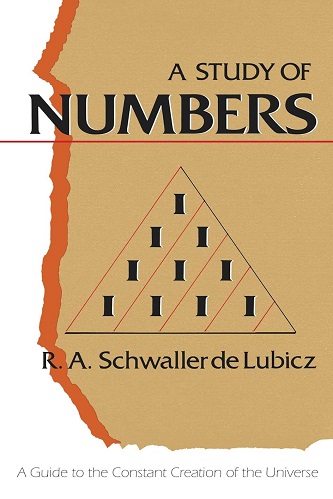
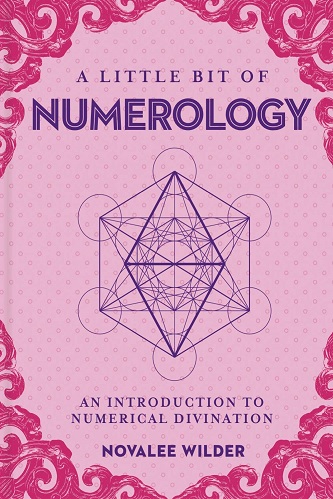
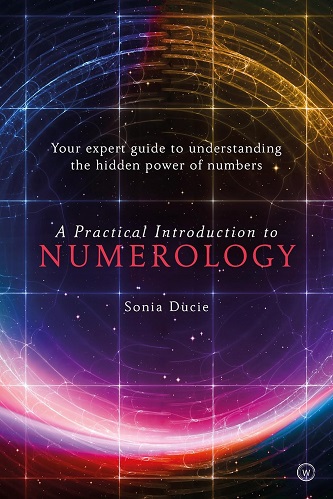
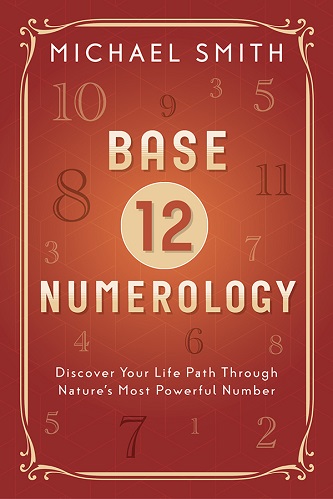
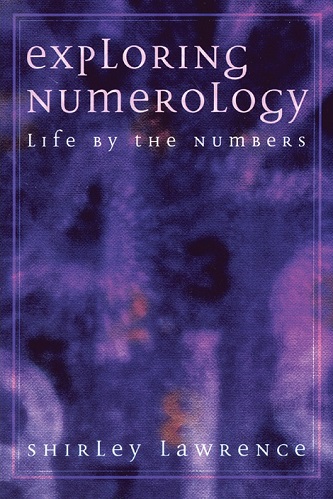
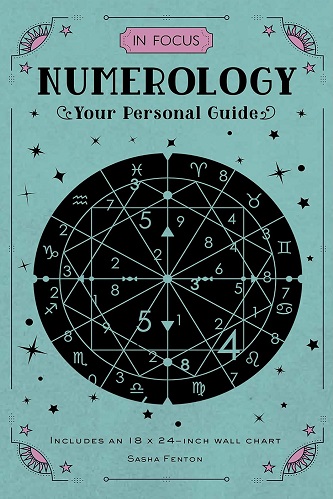
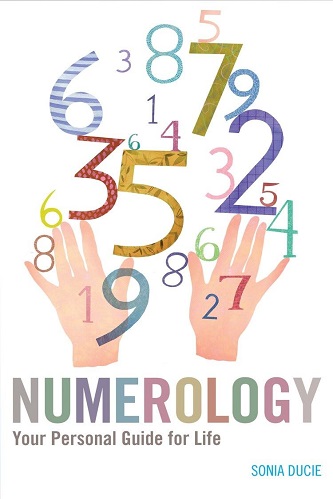
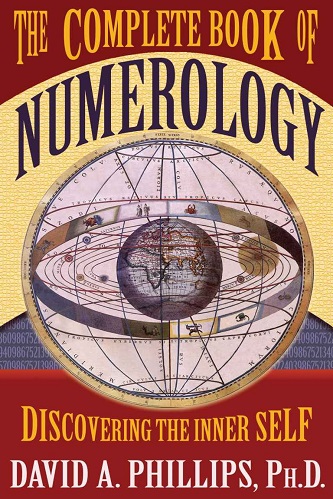
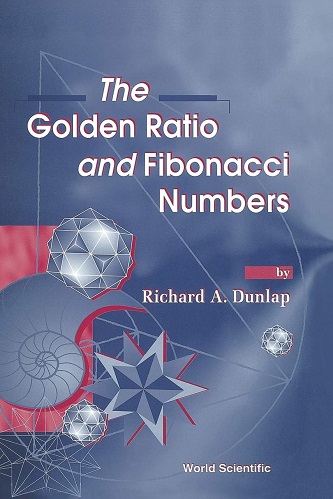
Reviews
Clear filtersThere are no reviews yet.